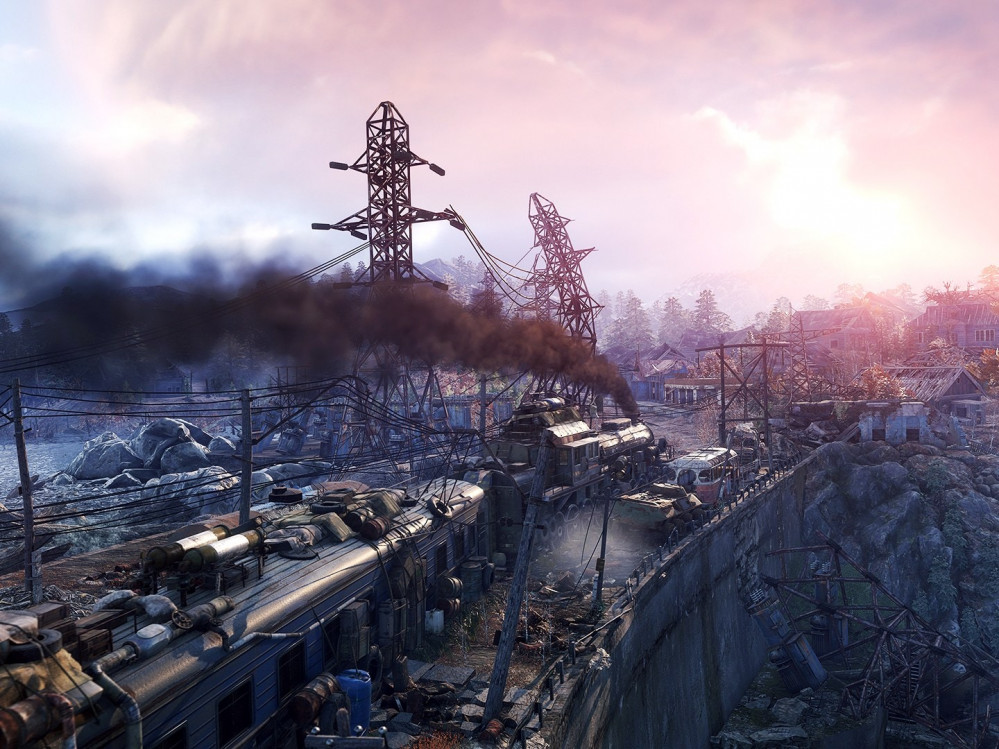
Stuck at Home; Keeping myself sane
Urban Basing Tutorial
A quick tutorial for making urban bases suitable for WW1, WW2, modern and Sci-Fi games such as 40k.
Construction
Step 1
Sections of plasticard are cut into irregular shapes and glued to the base. You can use either plain or textured plasticard for this, but if you use textured make sure it is thick enough to resist the glue deforming it. This will be the contact point for your model, so it is worth checking to ensure there will be enough room for the model’s feet.

Step 2
Now to start adding interesting detail to the bases. A regular feature of my bases is brick rubble, which I make by cutting slate model bricks to scale using a sharp modelling knife – I can normally get 4 base-sized bricks out of one model brick, and if one should disintegrate while being cut down, the bits can always go in my mid-grade grit tub. The bricks I use are from the Minaco on eBay, specifically the 1/24th miniature grey bricks, with 250 currently going for £4.99.

Step 3
For some variety, you can replace some of the bricks with wire mesh. I normally do this on around one in five bases. Crumple the mesh down so that it looks damaged, then when you add more elements to the base build it up around the mesh. Any fine-grade mesh will work for this – the material I use was available from Dark Art Miniatures or the older GW.

Basing kits.
Step 4
Pieces from the Gale Force 9 Concrete Rubble Mix- can be used as large bits of ruin. The finer bits from the tub can also go into your mid-sized grit mix, to add further variety.

Step 5
Sections of polystyrene rod can be used to represent elements of the metal reinforcement that most buildings use. Plastruct’s 1/4” (6.4mm) styrene I beam fits nicely with 28mm scale figures. As with the wire mesh, I wouldn’t use this on every base, but it adds yet more options to your basing scheme.

Step 6
Once you’re happy with the various detail elements on your base, fill any gaps with PVA glue and your mid-grade grit. If you’ve been adding bits of brick, and the smaller bits of plaster, this should give a nice mix of textures.

Step 7
Once the grit has dried, add PVA glue and fine sand to fill any remaining gaps.
Painting
Step 1
Undercoat the bases black – I do this by hand, but you can spray them if you so wish.
If you spray the bases, be sure to go back with some thinned black paint and make sure there is an even coverage.

Step 2
Basecoat the various elements of the base. I’ve used three shades on the concrete and bricks, while only two shades on the metal.
Concrete – GW Codex Grey
Bricks – Wargames Foundry Conker Brown A
Metal – GW Boltgun Metal

Step 3
A lighter second coat on the concrete and bricks.
Concrete – GW Fortress Grey
Bricks – Wargames Foundry Brick Red A


Step 5
Was the entire base with GW’s Devlan Mud wash, then highlight the bricks and metals.
Bricks – Mix of Wargames Foundry
Brick A & Tan C
Metal – GW Boltgun Metal












































































Leave a Reply